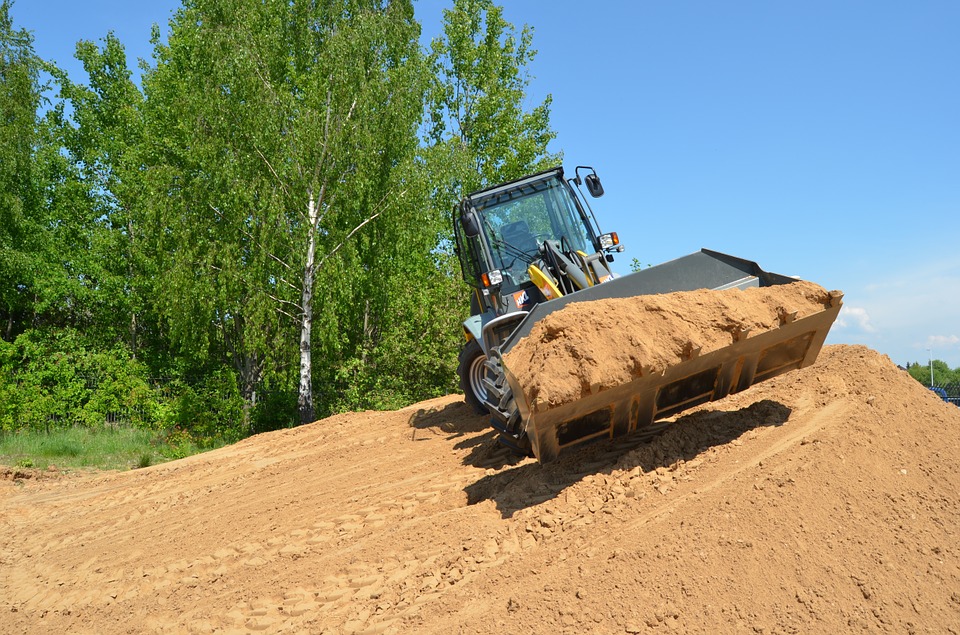Safety Tips to Reduce Risk of Injury When Working Alone

Using a buddy system in which two workers watch each others back is one of the most effective ways to reduce the risk of work-related injury. But what if you are forced to work by yourself, without the convenience of other nearby workers? Working alone certainly increases the risk of injury, but there are ways to lower these risks.
Identify Hazards
The first step in working alone is to identify the potential hazards. Take a few minutes to inspect the worksite and evaluate the task, identifying hazards that could otherwise result in injury. Depending on the exact job, these hazards may or may not be obvious.
Personal Protective Equipment
The next step is to purchase the appropriate personal protective equipment (PPE) needed for the job. If you are performing construction work, for instance, you'll probably want a pair of steel-toed boots, impact-resistant eyewear, and gloves. Assuming you are working as an employee, your employer is legally responsible for providing you with the necessary PPE. If you are working as an independent contractor or business owner, however, purchasing PPE is your responsibility.
Check-in with Employer or Coworkers
Another helpful way to reduce the risk of injury when working alone is to check in with your employer or coworker on a regular basis. Before starting the job, you should let your employer or coworker know that you'll be checking in with him or her at various intervals throughout the day. And if they do not hear from you by this time, they should send someone to check on you.
Take Breaks
When you work alone, you may feel inclined to clock longer hours. There's nothing wrong with maintaining a good work ethic, but you should be aware of the dangers associated with fatigue and exhaustion. Such problems are particularly problematic during the hot spring and summer months, as outdoor workers are exposed to extreme heat and humidity. Working alone further increases the risks of fatigue and heat exhaustion since there's no one to watch your back. By taking regular breaks, however, you can reduce the risk of injury when working alone.
High-Risk Jobs for Solo Workers
Of course, certain jobs have a higher risk of injury for solo workers than others. Here's a short list of some of the most dangerous jobs for solo workers:
- Worked on elevated surfaces.
- Working in confined spaces (e.g. crawlspaces, grain bins, elevators).
- Working with or around live electricity.
- Working with toxic or otherwise hazardous substances.
- Working with gas or air pressure.
- Working on roads and highways.
Recent Posts
-
Fire Safety in the Workplace: What You Need to Know
What steps are you taking to prevent fires in your workplace? According to the U.S. Occupational Saf …Aug 23rd 2023 -
Is It Safe to Go Jogging With a Cold Infection?
If you're suffering from a cold infection, you might be wondering whether it's safe to go jogging. T …Aug 22nd 2023 -
5 Safety Tips to Follow When Using a Powder-Actuated Tool
Powder-actuated tools are commonly used to join materials to steel and concrete. Also known as Hilti …Aug 20th 2023




